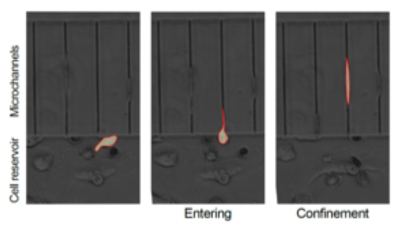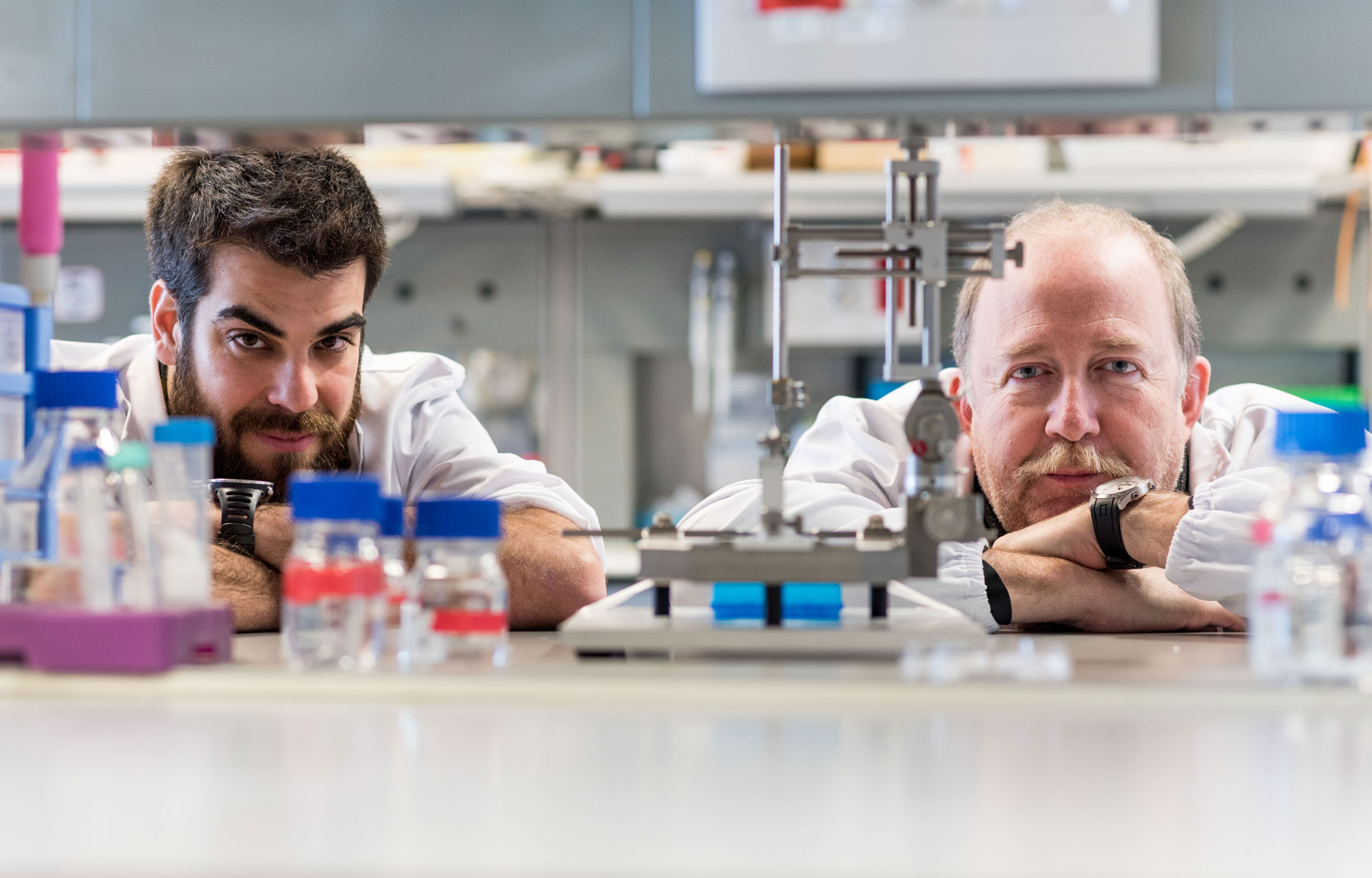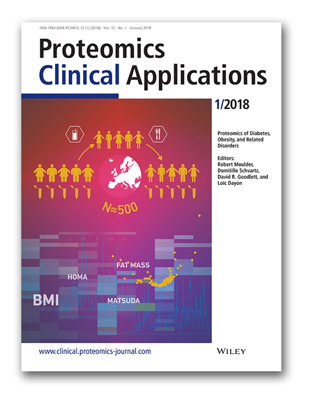Physical forces regulate cell division
 Researchers at IBEC have discovered that cell division in epithelial tissues is regulated by mechanical forces.
Researchers at IBEC have discovered that cell division in epithelial tissues is regulated by mechanical forces.
This revelation could potentially open avenues to a greater understanding of the uncontrolled proliferation of cancer cells in tumors, and their possible regulation by means of physical forces.
Publishing in the June edition of Nature Cell Biology, the research group of ICREA professor Xavier Trepat, group leader at IBEC and associate professor at the University of Barcelona (UB), describe how the mechanical state of epithelial tissues – the continuous sheets of cells that cover all the exposed surfaces of the body – is related to the cell cycle and cell division.

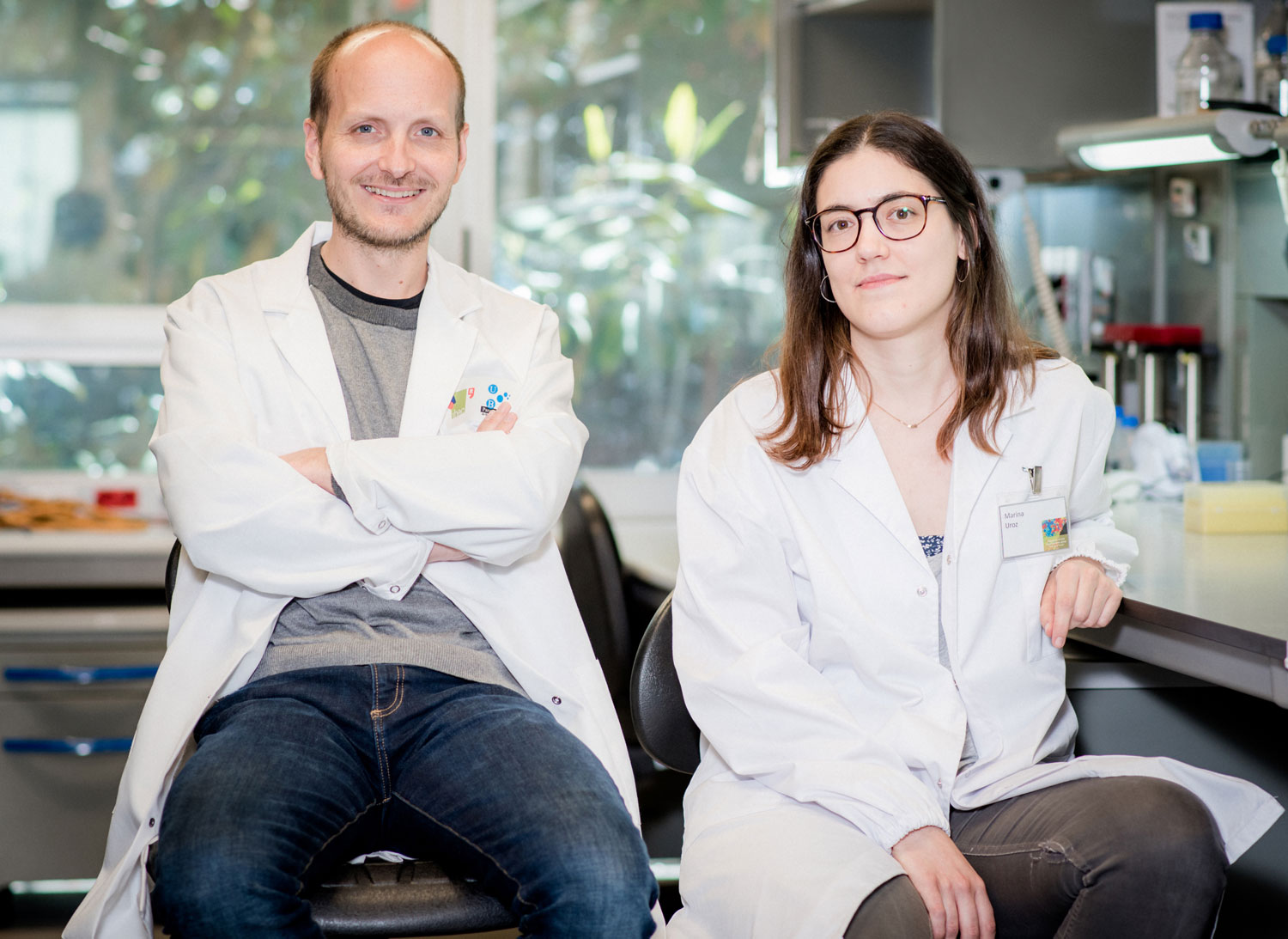
 Researchers at IBEC have discovered that cell division in epithelial tissues is regulated by mechanical forces.
Researchers at IBEC have discovered that cell division in epithelial tissues is regulated by mechanical forces. 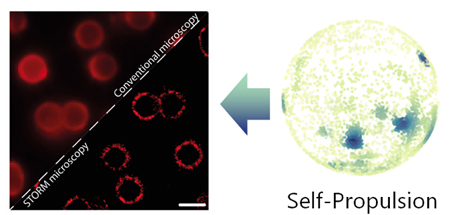
 Two IBEC groups have clubbed together to combine their expertise and reveal new knowledge that could advance the design of micro- and nanomotors for applications in health.
Two IBEC groups have clubbed together to combine their expertise and reveal new knowledge that could advance the design of micro- and nanomotors for applications in health.
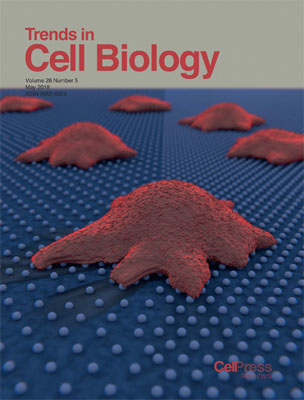 Alberto Elosegui-Artola, Xavier Trepat and Pere Roca-Cusachs’ paper in Trends in Cell Biology has made the cover of the latest issue of the Cell-family journal.
Alberto Elosegui-Artola, Xavier Trepat and Pere Roca-Cusachs’ paper in Trends in Cell Biology has made the cover of the latest issue of the Cell-family journal.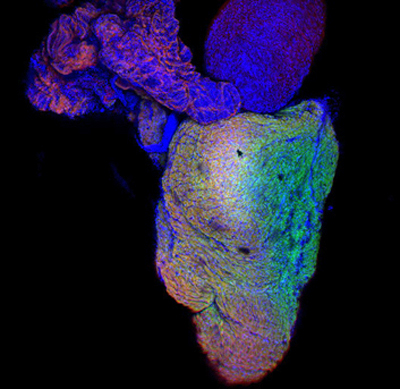
 A study carried out at CMR[B] in collaboration with IBEC and the UB has established that the ability of the heart to regenerate after a wound is related to the stiffness of its cellular environment and not only to the proliferative capacity of the cardiac cells, narrowing the window of regeneration to 48 hours after birth.
A study carried out at CMR[B] in collaboration with IBEC and the UB has established that the ability of the heart to regenerate after a wound is related to the stiffness of its cellular environment and not only to the proliferative capacity of the cardiac cells, narrowing the window of regeneration to 48 hours after birth.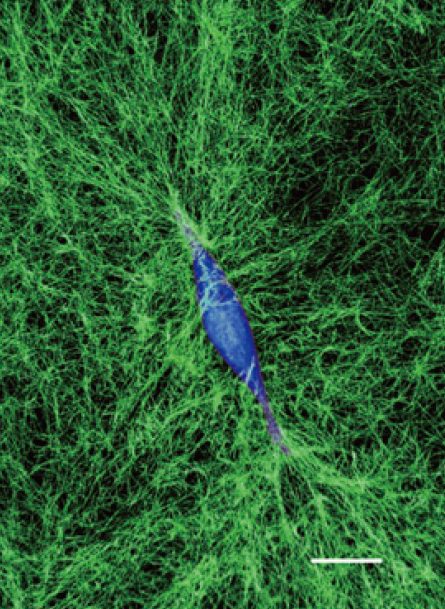
 Researchers at IBEC and MIT have shown that cells could use their environment to mechanically communicate with each other within tissues. It’s a bit like when an army cadet pulls some rope netting taut so that his friend can safely ascend.
Researchers at IBEC and MIT have shown that cells could use their environment to mechanically communicate with each other within tissues. It’s a bit like when an army cadet pulls some rope netting taut so that his friend can safely ascend.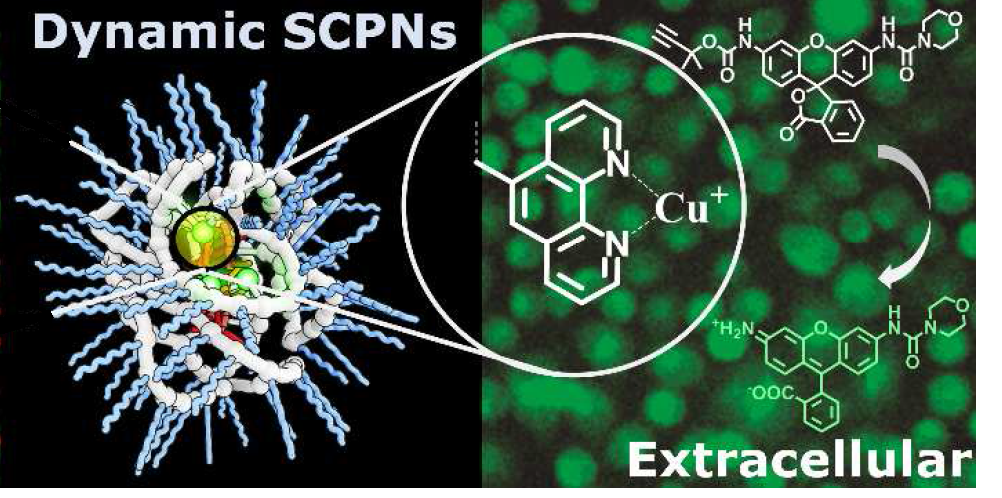
 The Nanoscopy for Nanomedicine group has studied Single-Chain Polymeric Nanoparticles (SCPNs) mimicking enzymes as possible drug activators in biological environments, like the living cell.
The Nanoscopy for Nanomedicine group has studied Single-Chain Polymeric Nanoparticles (SCPNs) mimicking enzymes as possible drug activators in biological environments, like the living cell.